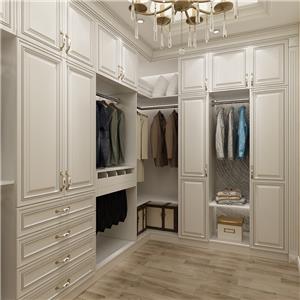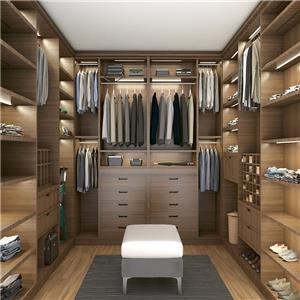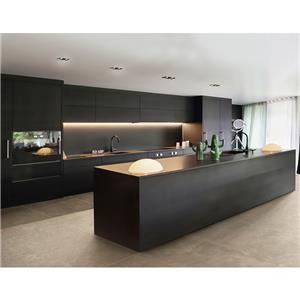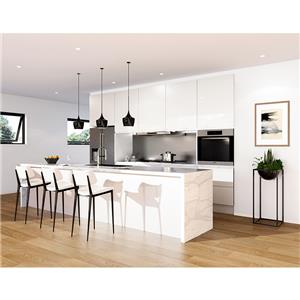How to Choose the Perfect Modern Kitchen Cabinets for Your Home: A Complete Guide
How to Choose the Perfect Modern Kitchen Cabinets for Your Home: A Complete Guide
Introduction:
Choosing the perfect modern kitchen cabinets for your home is one of the most exciting yet overwhelming decisions when renovating or designing your kitchen. Modern cabinets can elevate the aesthetic of your kitchen and improve its functionality. However, with so many styles, materials, and layouts to choose from, it can be difficult to know where to start.
This guide will walk you through the step-by-step process of selecting modern kitchen cabinets based on four essential factors: style, material, budget, and space. We’ll also dive into the pros and cons of popular cabinet styles like flat-panel, shaker, and high-gloss, so you can make an informed decision that suits your tastes and lifestyle.
Table of Contents:
Understanding the Importance of Choosing the Right Kitchen Cabinets
Step 1: Determining Your Kitchen’s Style
Traditional vs. Modern
Popular Modern Cabinet Styles: Flat-Panel, Shaker, High-Gloss
Step 2: Selecting the Right Material for Your Cabinets
Wood, MDF, Plywood, and More
How Material Affects Durability, Look, and Cost
Step 3: Setting a Budget for Your Kitchen Cabinets
How Much Do Modern Kitchen Cabinets Cost?
Budgeting Tips: Custom vs. Pre-made Cabinets
Step 4: Maximizing Space with the Right Cabinet Layout
How to Optimize Storage and Layout
The Best Cabinet Configurations for Small and Large Kitchens
Pros and Cons of Popular Modern Kitchen Cabinet Styles
Flat-Panel Cabinets
Shaker Cabinets
High-Gloss Cabinets
Conclusion: How to Choose the Best Modern Kitchen Cabinets for Your Home
1. Understanding the Importance of Choosing the Right Kitchen Cabinets
When designing your kitchen, cabinets are the centerpiece. They set the tone for the entire space and can influence both the aesthetic and functionality of your kitchen. The right cabinets will create a streamlined, organized look and provide ample storage. On the other hand, choosing the wrong style or material can quickly date your kitchen or make it feel disjointed.
So, how do you ensure you make the best choice? Let’s break it down step-by-step.
2. Step 1: Determining Your Kitchen’s Style
The first step in choosing modern kitchen cabinets is determining the overall style of your kitchen. Whether you're going for a sleek, minimalist look or a warm, contemporary feel, the cabinet style will play a key role in setting the mood of the room.
Traditional vs. Modern
Traditional kitchens often feature more ornate detailing, wood panels, and classic cabinet designs.
Modern kitchens, on the other hand, focus on clean lines, minimalism, and functionality. Modern kitchen cabinets often prioritize simplicity and practicality while providing high-tech features like soft-close hinges and pull-out shelves.
Popular Modern Cabinet Styles
Flat-Panel Cabinets
Pros: These cabinets have a minimalist design, with no visible handles or frames. The flat panels offer a clean, sleek look that is perfect for modern or minimalist kitchens.
Cons: The lack of detail may not suit traditional or rustic kitchen designs. They can also show fingerprints more easily, especially if using high-gloss finishes.
Shaker Cabinets
Pros: Shaker-style cabinets are characterized by simple, clean lines with recessed panels. They’re timeless and versatile, fitting well in both modern and traditional kitchens.
Cons: While simple, their design may not appeal to those looking for ultra-modern aesthetics.
High-Gloss Cabinets
Pros: High-gloss cabinets provide a modern, polished look with a reflective surface that adds light to the room. They’re available in various colors and are easy to clean.
Cons: The glossy finish can show scratches and smudges, requiring more maintenance.
3. Step 2: Selecting the Right Material for Your Cabinets
The material of your kitchen cabinets influences both their appearance and longevity. Here are the most common materials used in modern kitchen cabinetry:
Wood
Pros: Natural wood is timeless, durable, and offers a warm aesthetic. It’s available in various finishes, stains, and grains.
Cons: Real wood cabinets can be expensive, especially for premium hardwoods. They’re also prone to warping and expansion when exposed to moisture.
MDF (Medium-Density Fiberboard)
Pros: MDF is affordable and smooth, making it great for painted finishes. It’s also less prone to warping compared to solid wood.
Cons: MDF isn’t as durable as real wood and can get damaged by water or heavy impact.
Plywood
Pros: Plywood is strong, durable, and offers a balance between cost and quality. It’s less likely to warp than solid wood.
Cons: It’s more expensive than MDF and can have a less premium look compared to hardwood.
Stainless Steel
Pros: Stainless steel cabinets are sleek, modern, and easy to maintain. They are highly durable and heat-resistant.
Cons: They may not blend well with warmer or more traditional kitchen styles, and they can show fingerprints easily.
4. Step 3: Setting a Budget for Your Kitchen Cabinets
Before you start selecting materials and styles, it’s essential to establish a clear budget. The price of kitchen cabinets can vary greatly depending on the material, style, and customization.
How Much Do Modern Kitchen Cabinets Cost?
Pre-made Cabinets: Pre-made, stock cabinets are the most affordable option, costing anywhere from $60 to $200 per linear foot.
Semi-Custom Cabinets: These offer more flexibility in design, with prices ranging from $150 to $650 per linear foot.
Custom Cabinets: Custom cabinets can cost $500 to $1,500 per linear foot, depending on the material, design, and complexity.
Budgeting Tips
Consider investing in premium materials for high-impact areas like the kitchen island or cabinets that are highly visible.
Save money by opting for semi-custom cabinets or choosing stock cabinetry with personalized hardware and finishes.
5. Step 4: Maximizing Space with the Right Cabinet Layout
Whether your kitchen is large or small, the right cabinet layout will maximize storage and efficiency.
Best Cabinet Configurations for Small Kitchens
Vertical Cabinets: Tall cabinets that go all the way to the ceiling can provide extra storage for seldom-used items.
Corner Cabinets: Use lazy Susans or pull-out corner cabinets to make use of otherwise wasted space.
Best Cabinet Layouts for Larger Kitchens
L-Shaped Layout: Great for open kitchens, allowing for easy flow and ample counter space.
U-Shaped Layout: Offers a lot of storage and counter space, ideal for larger kitchens that need to store multiple cooking tools and gadgets.
6. Pros and Cons of Popular Modern Kitchen Cabinet Styles
Here’s a breakdown of the most popular cabinet styles and their pros and cons:
Flat-Panel Cabinets
Pros: Sleek, modern look; easy to clean; minimalist design.
Cons: Limited detailing; prone to showing fingerprints and scratches.
Shaker Cabinets
Pros: Versatile and timeless; works well in both modern and traditional kitchens; durable.
Cons: May lack the ultra-modern vibe some people desire.
High-Gloss Cabinets
Pros: Polished, shiny look; easy to clean; reflects light and creates an airy feel.
Cons: Prone to showing smudges; requires more frequent maintenance.
Conclusion: How to Choose the Best Modern Kitchen Cabinets for Your Home
Choosing the right modern kitchen cabinets can seem like a daunting task, but by considering your kitchen’s style, materials, budget, and space, you’ll be able to make a decision that perfectly complements your home. Whether you opt for sleek flat-panel cabinets, classic shaker designs, or luxurious high-gloss finishes, the key is balancing aesthetics with practicality.
By following the tips in this guide, you’ll be well on your way to creating a modern kitchen that not only looks great but functions seamlessly for your daily needs.




